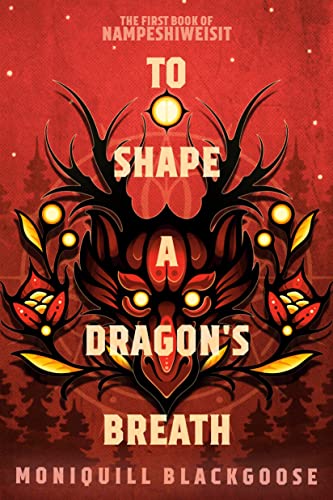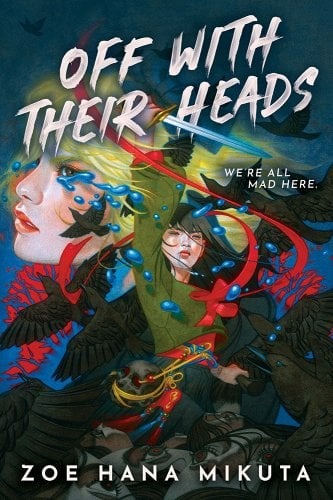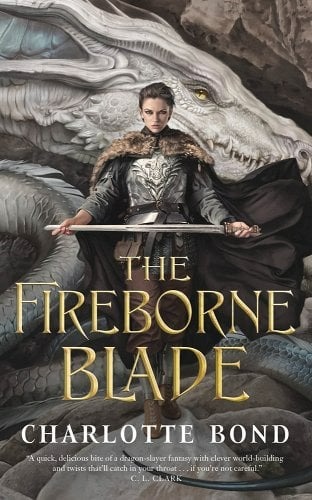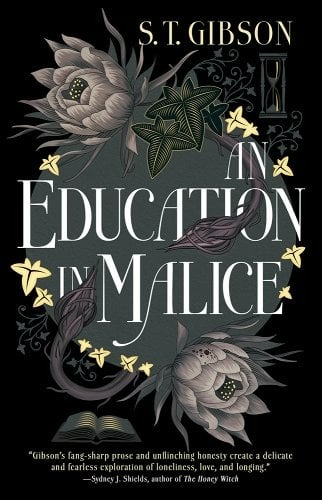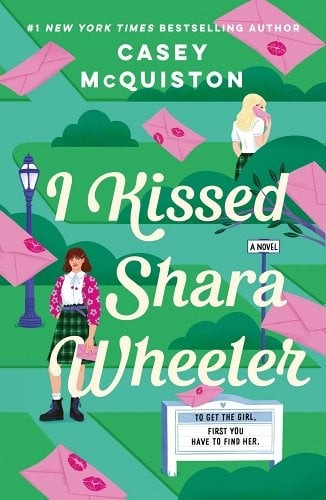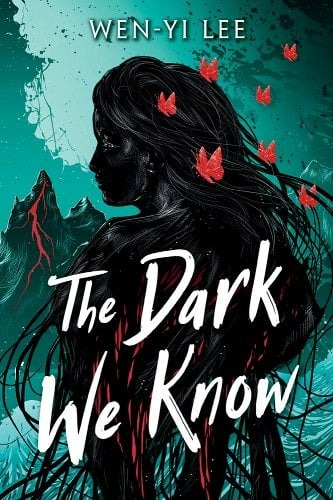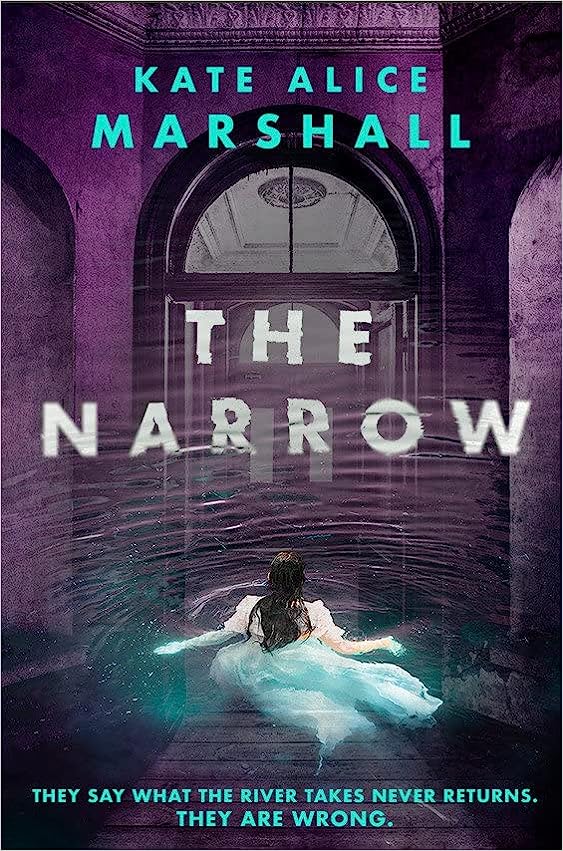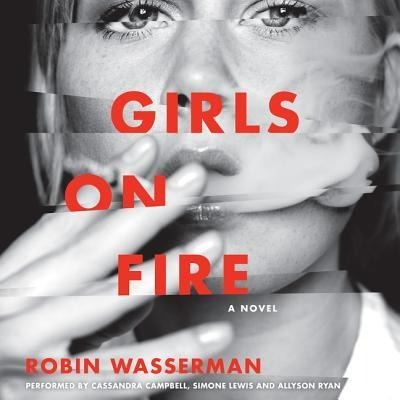I appreciate when coming-of-age stories show people continuing to learn and grow through college and beyond, and this month, I read three graphic novels in that vein: two college stories and one memoir. All of these stand-alone books feature adults but are appropriate for young adult readers, and all of them are lighthearted. Bunt! StrikingRead More
A Compelling Queer Indigenous Fantasy: To Shape a Dragon’s Breath by Moniquill Blackgoose Review
I love a magic school book, and I love a dragon book, and I especially love a dragon school book. To Shape a Dragon’s Breath by Moniquill Blackgoose was such a great entry to the genre. I couldn’t put it down, and I keep thinking about its innovative world-building. Anequs is the protagonist I didn’t know I’veRead More
A Wicked Wonderland: Off With Their Heads by Zoe Hana Mikuta Review
It’s been five years since young witches and lovers Caro Rabbit and Iccadora Alice Sickle were both sentenced to Wonderland, the dark forest where monsters called Saints lurk, for a crime they didn’t commit. In the process of escaping, they break one another’s hearts. Now Icca will stop at nothing to exact her revenge onRead More
Finally, the Canonically Queer Lady Knight We Deserve in The Fireborne Blade by Charlotte Bond
Charlotte Bond’s dark fantasy novella, The Fireborne Blade, is a beautifully straightforward dungeon crawler until it isn’t. Protagonist Sir Maddileh is a rarity as a knighted woman and she’s in dire need of a truly spectacular feat to reclaim her honor and restore her standing at court. Enter her current foolhardy quest to retrieve the Fireborne Blade. The onlyRead More
All of the Sapphic Vampires, None of the Victorian Homophobic Overtones: An Education in Malice by S. T. Gibson
Like many queer women, I’m sure, I have a strange relationship with the original Carmilla. On the one hand, sapphic vampires are objectively sexy. On the other hand, the way the danger she poses is framed as inextricably linked to her queerness (and her foreignness) is, well, unpleasant, to say the least. I always say thatRead More
Beyond the Surface: I Kissed Shara Wheeler by Casey McQuiston
There’s only one thing standing in Chloe Green’s way of winning valedictorian: the town’s favorite and Chloe’s rival, Shara Wheeler. A month before graduation, Shara kisses Chloe, then does the most infuriating thing: vanishes. Chloe and two other boys Shara kissed are left with a series of cryptic notes; a scavenger hunt to find her.Read More
A Small-Town Haunting: The Dark We Know by Wen-yi Lee
Wen-yi Lee’s The Dark We Know follows Isadora Chang, an art student who left her small hometown after the deaths of two of her best friends. Two years later, she returns for the funeral of her abusive father, where she encounters her last surviving friend, Mason. Mason tells her that he suspects their friends were in fact murderedRead More
A Very Queer Gothic Ghost Story: The Narrow by Kate Alice Marshall
When I got a promotional email about this book, I asked the publisher if there was a queer main character, because I couldn’t tell from the description. It’s funny that I had to clarify, because this is a very queer book: the main character is bisexual, there’s an F/F romance, and there are several queerRead More
How Much Would You Sacrifice for Fame?: Every Time You Hear That Song by Jenna Voris
Buy this from Bookshop.org to support local bookstores and the Lesbrary! I won’t be able to get through this review without mentioning The Seven Husbands of Evelyn Hugo, so let me get the comparison out of the way now. Like Evelyn Hugo, this cover likely doesn’t scream “queer story,” but it is—twice over, actually. LikeRead More
An Obsessive Female Friendship Turns Dark: Girls on Fire by Robin Wasserman
Buy this from Bookshop.org to support local bookstores and the Lesbrary! Two teen girls, Hannah Dexter and Lacey Champlain, become obsessively attached to each other in their rebellion and vengeful agenda against Nikki Drummond. Then dark secrets about what happened to Craig, the boy found dead at the beginning of the novel, begin to unravel,Read More
- 1
- 2
- 3
- …
- 20
- Next Page »

